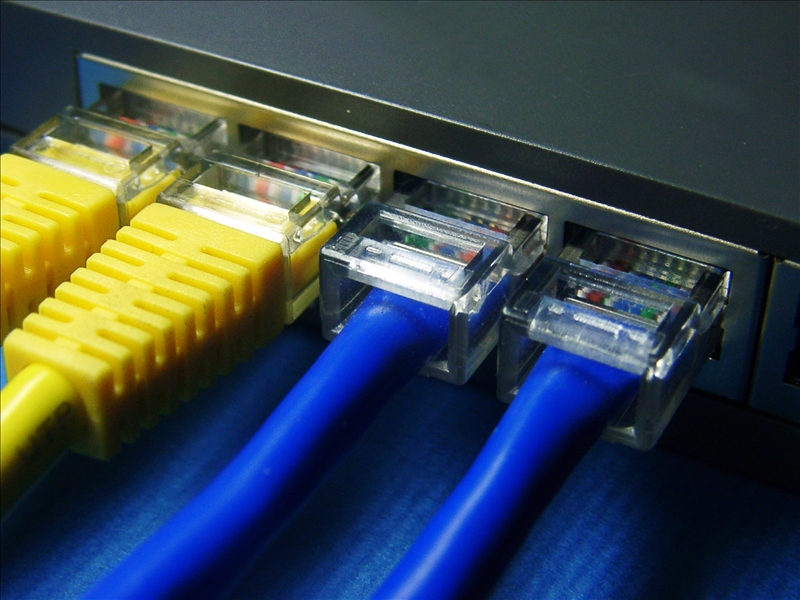Advantages Of Hard-wired Cabling Over Wireless Networks For Database Applications
 Corporate organizations need to share information efficiently. There are two options for them when it comes to setting up database applications; it is a choice between hard-wired cabling and a wireless network. Wireless systems provide users with more mobility. However, the majority of enterprises prefer the wired model for more control, security, consistency and speed. These are the major upsides of going for physical connections. It is comparatively economical since the cost of cabling, even with the lengths needed to cover a standard office space, is generally cheap.
Corporate organizations need to share information efficiently. There are two options for them when it comes to setting up database applications; it is a choice between hard-wired cabling and a wireless network. Wireless systems provide users with more mobility. However, the majority of enterprises prefer the wired model for more control, security, consistency and speed. These are the major upsides of going for physical connections. It is comparatively economical since the cost of cabling, even with the lengths needed to cover a standard office space, is generally cheap.
Even in today’s mobile domain, the physical connection is a must in gaining access to the corporate network. Hard-wired cables can keep unwanted visitors out of your network and ensure that the system is not overloaded with non-business traffic. Furthermore, wired connections are best if you want to move considerable data around. The Ethernet cables and fixtures such as switches and hubs (networking devices) are also reasonably priced. In fact, the Internet Connection Sharing (ICS) is free of charge. Wired Local Area Networks guarantee outstanding performance.
Hard-wired cabling also has a maximum networking speed of 1,000 megabits per second. This is in conjunction with gigabit Ethernet networking gear, which is required for bandwidth purposes. A broadband router provides equal firewall capacity that is built into the device using its own software application. It is deemed as more appropriate from the perspective of management.
There are also certain downsides that you have to consider in hard-wired cabling. For instance, multiple wires running throughout the building can be expensive and difficult to maintain. Any splintering in the wired connection needs to be repaired manually because there is no software solution to a busted Ethernet pin. The wireless infrastructure means more freedom to move all around the different areas in your office. Wireless connections are orderly without any unsightly cables that you can see throughout the office.
Wireless cabling may have its benefits, but it can also give the IT people a lot of headaches because the risk of malware getting into the system is very high. Thus, it is vitally important for the company to be particular about authentication, detection and prevention of intrusion, reporting and security event management in the wireless set-up. One more problem is the span provided by wireless access points; it can be restricted in terms of the distance that the signal can reach. It is necessary to install many access points, which can increase costs.
The best alternative, perhaps, is to come up with a combination of network cabling solutions. Considering the benefits and downsides of both systems, the best way is to put together hard-wired cabling and wireless installations that can serve the user’s purpose. Find a provider that can give you the best of both worlds.

